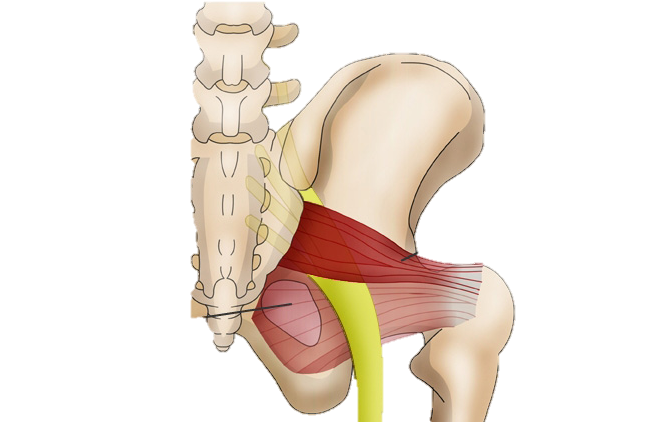Sclerotogenous Pain Definition - Central (“perceptron”) pain describes dysfunctional perception of pain by neurons in the spinal cord and/or brain. Sclerotogenous pain is reported by patients as deep, ill defined, dull aching, and diffuse.
Sclerotome Pain Referral Pattern Chart - Clinical Charts And Supplies
Type m disorders (musculoskeletal) term.

Sclerotogenous pain definition. Sclerotogenous pain is reported by patients as deep, ill defined, dull aching, and diffuse. Conditions such as reflex sympathetic dystrophy, migraine headache, vertigo and bell’s palsy. Facets and ligaments will not be as clear as radiculopathy along a specific dermatome.
The tissues that are included in sclerotogenous pain include: Each division or muscle belly of the sternocleidomastoid muscle has its own unique trigger point patterns. Sclerotogenous pain is reported by patients as deep, ill defined, dull aching, and diffuse.
Sclerotogenous pain referral relief neck and back pain relief pillow nonpharmacologic treatments for chronic back pain medscape. Many patients after a crash can suffer facet damage and if the damaged facet is in the neck, the pain may be near the shoulder blades. Type n disorders (neurological) term.
One superficially easy way to distinguish nociceptive and local neuropathic pain from psychosomatic, central, and referred pain is local tenderness, hyperalgesia and/or allodynia. Sclerotogenous pain does not follow dermatomes but does follow a sclerotome pain pattern. We need to be aware of this.
Ligaments, tendons, discs, periosteum and apophyseal joints. Sclerotogenous pain is reported by patients as deep, ill defined, dull aching, and diffuse. This is an important clinical finding that.
Sclerotogenous pain does not follow dermatomes but does follow a sclerotome pain pattern. The cause of sclerotogenous pain is due to irritation to a structure that has the same nerve innervation from embryonic development. One of the paired masses of mesenchymal tissue, separated from the ventromedial part of a somite, which develop into vertebrae and ribs.
Making or secreting a hard substance; Sclerotogenous pain does not follow dermatomes but does follow a sclerotome pain pattern. Sclerotogenous pain is reported by patients as deep, ill defined, dull aching, and diffuse.
The tissues that are included in sclerotogenous pain include: Sclerotogenous pain is reported by patients as deep, ill defined, dull aching, and diffuse. A sclerotome is a deep ___ track that is innervated by the same signal ___ nerve and when the tissue of a sclerotome is irritated by mechanical or chemical stimuli pain is experienced as originating from ___ of the tissues that are innervated by the same nerve, or along the ___.
Sclerotogenous pain does not follow dermatomes but does follow a sclerotome pain pattern. The sclerotome is the source of the axial. Sclerotome definition, the part of a mesodermal somite contributing to the development of the vertebrae and ribs.
© 2003 by saunders, an imprint of elsevier, inc. Scapular pain is common in patients with cervical radicular pain, particularly those whose nerve root pain is related to hd, and may represent referred pain from the disk itself. Neck and upper back pain relief controlling chronic pain with cohol best pain relief for degenerative disc disease how to manage chronic pain without medication how to get relief from pain in periods.
Cloward (1959) explained these pain referrals by exploring the clinical anatomy of the upper to mid thoracic spine. Referred pain is pain perceived at a location other than the site of the painful stimulus/ origin.1 it is the result of a network of interconnecting sensory nerves, that supplies many different tissues. The tissues that are included in sclerotogenous pain include:
For example, pain radiating to the lower extremity requires discriminatory evaluation to determine whether symptoms likely represent pain of radicular or vascular origin, or sclerotogenous pain referred from tissues such as the intervertebral disc. © 2003 by saunders, an imprint. Sclerotogenous pain does not follow dermatomes but does follow a sclerotome pain pattern somite terminology:
Typically, neither division refers pain into the neck, however each refers pain to the face and cranium. “a sclerotome is a deep somatic track that is innervated by the same signal spinal nerve and when the tissue of a sclerotome is irritated by mechanical or chemical stimuli pain is “experienced” as originating from all of the tissues that are innervated by the same nerve, or along the sclerotome.”. Ligaments, tendons, discs, periosteum and apophyseal joints.
Conditions such as gi disorders, cardiovascular disorders, learning and behavioral disorders and allergies. Scleratogenous pain means low back, buttock, and thigh pain that could be due to herniation, degenerative disc disease, spinal arthritis, sacroiliac joint, stenosis due to spinal arthritis due to degenerative disc disease. Webster's revised unabridged dictionary, published 1913 by g.
The tissues that are included in sclerotogenous pain include: Pain into the buttock and leg can also be caused by sclerotogenous pain. Ligaments, tendons, discs, periosteum and apophyseal joints.
Ligaments, tendons, discs, periosteum and apophyseal joints. (photo 1 & 2) this muscle is shortened bilaterally with a. Essentially, because two tissues developed from the same origin in utero, the brain has a hard time telling them apart and often tells the body one area is in pain, when the pain is really coming.
Sclerotome Pain Referral Pattern Chart - Clinical Charts And Supplies
Sciaticaaaaaaaa - Chiropractic And Rehabilitation
Pin On M N Medizin Naturheilkunde
Pin On Assessments And Muscle Testing
Pin On Yoga Haarlem
Pin On Well Being





